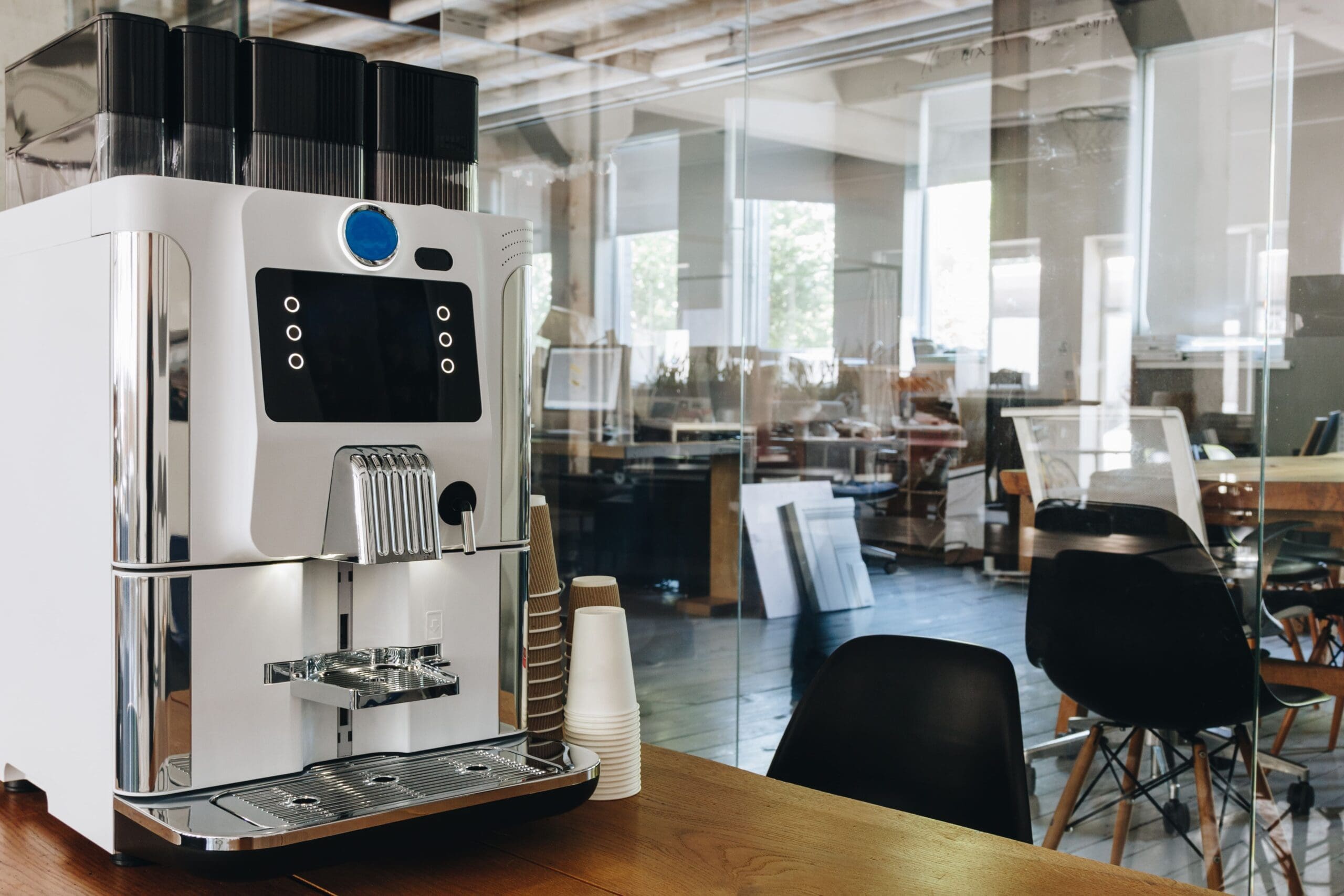
What’s the difference between PAT Testing and EET Testing?
The only difference is the name. One of the main reasons for the update was to omit ‘Portable Appliance’ from the service name, as this led to confusion on what electrical appliances needed to be tested in commercial premises. This is because the name PAT implies that it is only for electrical appliances that are portable, such as kettles or power tools. However, this service also includes stationary, built-in or fixed electrical items, such as fridges and microwaves.
Therefore, the name PAT can be deemed as misleading in this instance – whereas EET covers all electrical equipment.
 About BES Group
About BES Group Accreditations & Credentials
Accreditations & Credentials Our Environmental, Social & Governance
Our Environmental, Social & Governance Careers at BES Group
Careers at BES Group Our Senior Leadership Team
Our Senior Leadership Team